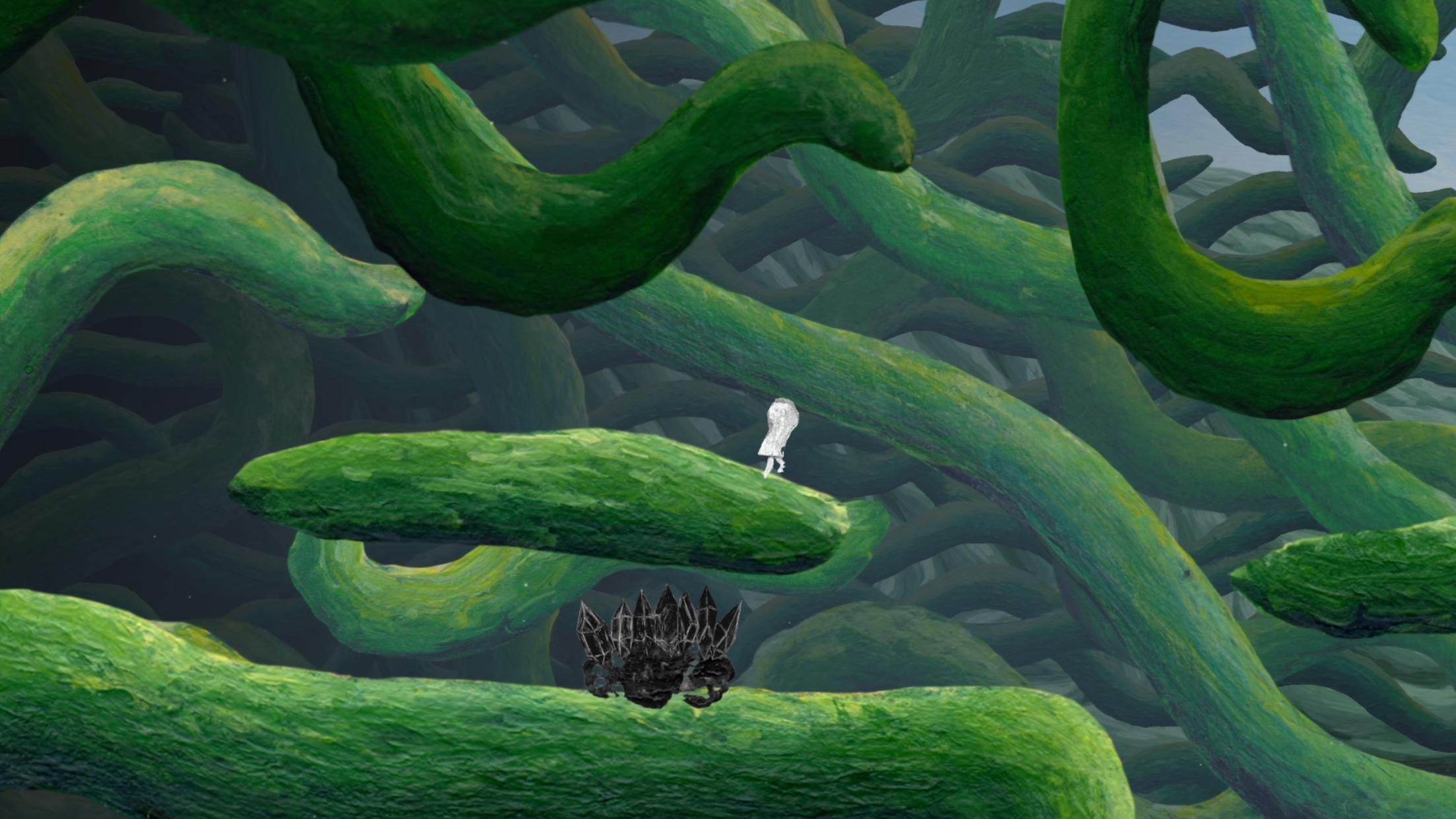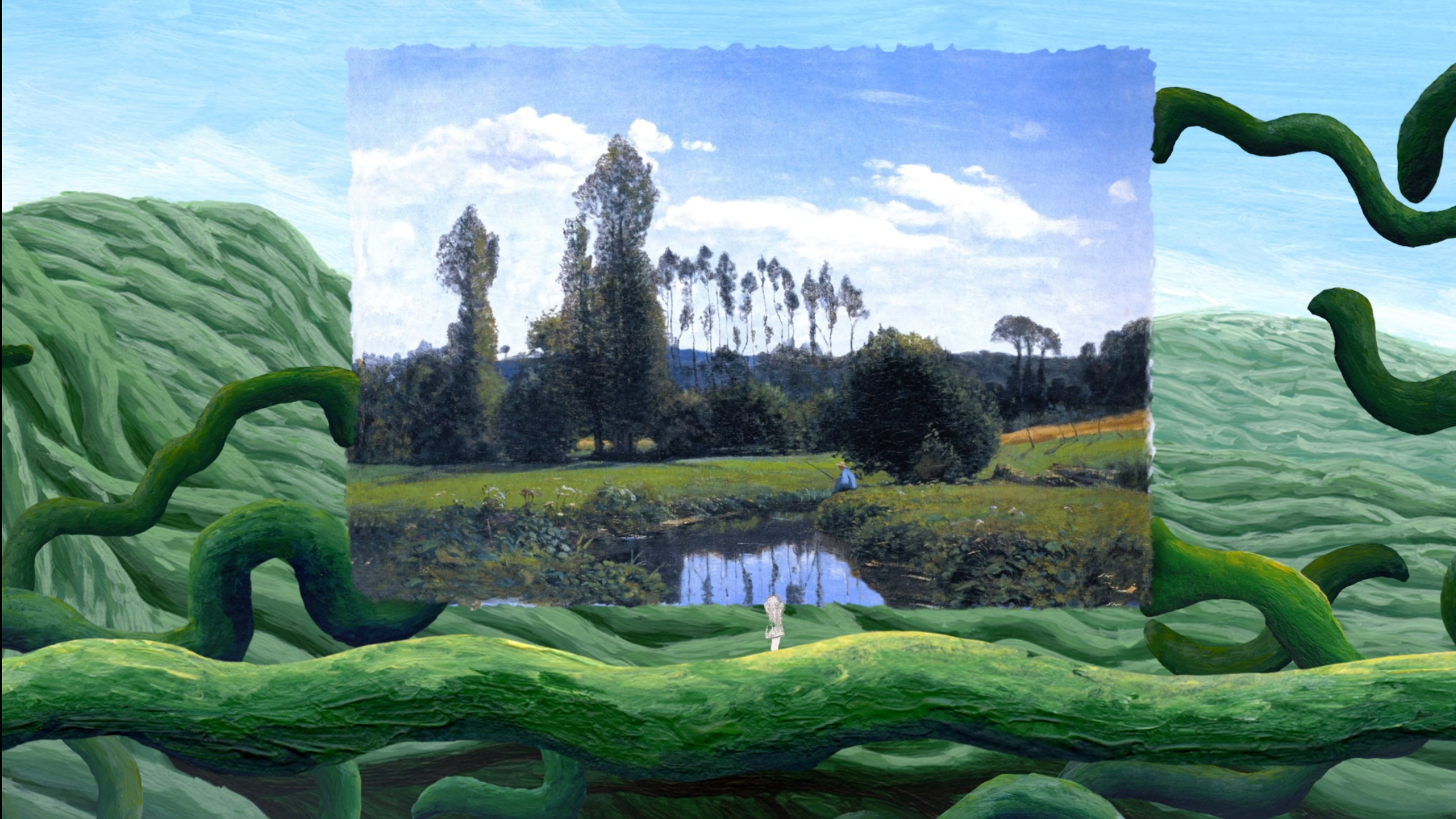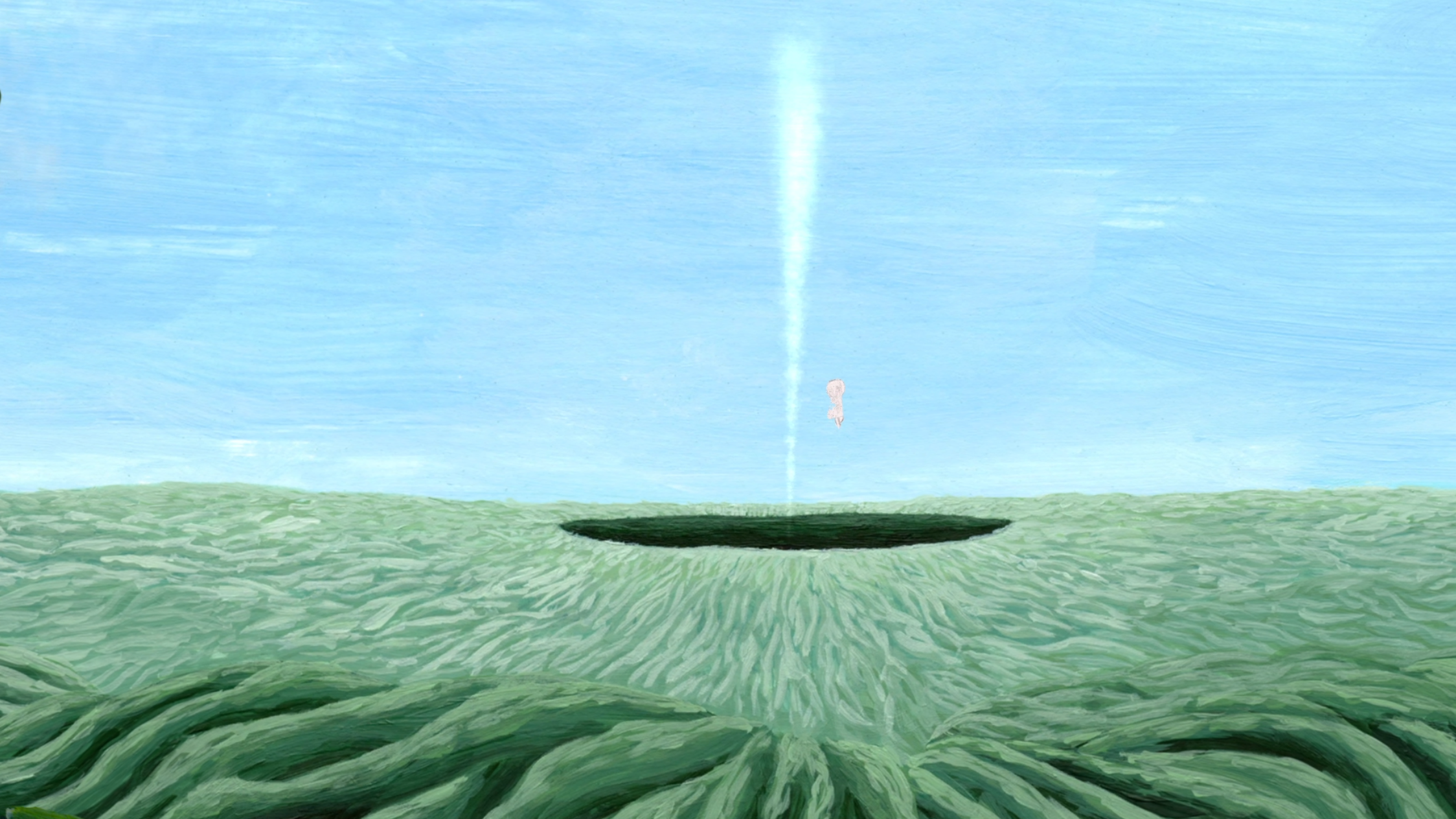The Master's Pupil review
2023-09-06 by Mike Alexander
Reviewed on
PCPlatforms
Nintendo Switch, PC, Mac
Developer
Pat NaoumPublisher
Pat Naoum Games Pty Ltd
A Labor of Love
Video games are art.
That statement might have been more than a little contentious a decade or two ago, but it’s a fact that has become more difficult to argue over time. I can trace the moment my eyes opened back to 2005, when I booted up Shadow of the Colossus on a borrowed PS2. I was 11.
Since then, there have been plenty of games that moved me with their visuals. The latest one is a simply delightful indie game called The Master’s Pupil. This game combines actual art pieces from the masterful French impressionist painter, Claude Monet, with a hand-painted aesthetic that looks pretty authentic.
And it should.
Because it IS handpainted.
Let’s see if The Master’s Pupil achieves the same level of artistic impact as its inspiration in this review.
The Master’s Pupil was developed and published by a single person, Pat Naoum. You see, this game isn’t a quick cash-grab attempt by Pat. Every background, every texture, and every eye-catching facet of the game - outside of the actual pieces of art that it features - are entirely hand-painted by him.
I discovered The Master’s Pupil in a pretty unlikely place: TikTok. In one of the short-form videos Pat created, he detailed the process it took to bring The Master’s Pupil to life. A painstaking seven-year process in which he formulated, painted, and built the game from the ground up. He didn’t even know how to code before he set out to make this game, he spent three years learning the craft.
Having spoken with Pat briefly, his passion for what he has created really shines through. And you would have to be passionate about a creative endeavor to dedicate so much time to it. Not every part of The Master’s Pupil landed for me, but you can absolutely feel the care that went into making this in every frame, and that alone is worth commending.

A New Kind of Biography
One of the things The Master’s Pupil sets out to achieve is a brand-new style of biography, where you interact with an abstract interpretation of an artist’s life. The story of Monet’s life isn’t delivered through cutscenes and dialogue in this game, however, as it takes the much more artistic approach of conveying specific life events through feeling. The small handful of environments and background changes aim to pull this off, and I would say that they’re pretty effective. The lush green biome of sorts that makes up the bulk of the game is interesting to look at and I would even say put me at ease, so when things began to change I definitely felt out of sorts. Those moments are broken up by instances where you actually move through real art pieces created by Monet as they come together with a parallax effect, which is very cool and never gets old.
While you would gain more from The Master’s Pupil by knowing at least a little bit about Claude Monet’s story, I wouldn’t say your entire enjoyment of the experience hinges on any prior knowledge. When the bright green safety of stages begins to morph into oppressive darkness, it’s clear that section is representative of a period of strife. But recognizing that moment as when Monet’s wife passed away and feeling that grief conveyed through the environment absolutely hits harder, just as the sense of triumph that’s felt by literally climbing out of the darkness and back into the light.
Each aspect of the game’s storytelling is masterful considering it’s done in such a non-traditional way. Towards the end, stages even become more abstract to look like Monet’s paintings, signifying the onset of cataracts that clouded his vision and caused him to retreat into his own imagination. If you’re a fan of Monet and his work, this is definitely a piece of art you should consider consuming.
I just wish the gameplay held up as well as its storytelling did.

The Master’s Pupil is a simple game. That’s to be expected since this is the first project from an indie dev who literally had to learn how to code in order to even get started, so many of these faults can be overlooked. With all of this in mind, the majority of the game is shockingly high-quality.
However, separating my knowledge of the creator and his journey to make this game from what I experienced, the gameplay might be a little too simplistic.
As you make your way through stages, there are various puzzle concepts that are introduced as you platform about. The rollout of the concepts is measured, and things get interesting once the concepts are combined in different ways, but you can only bring a specific colored ball to an artery of a similar color to appease it so many times before it gets old. There were a few puzzles that left me scratching my head for a few minutes as I tried to work them out, but those were few and far between.

When It All Comes Together
Thankfully, the game doesn’t overstay its welcome. Even with the puzzles that tripped me up, it took me right around three hours to breeze through The Master’s Pupil, which I would say is the perfect length for the experience. The real art pieces are scattered through at decent intervals, and the effect they come together with really pushed me forward.
I just wish there were more environment changes in that runtime. You spend a good seventy to eighty percent of the game in the green, viney biome, and the other areas you see are so interesting that I would have liked to see a few more of them. I understand why it’s like that from a narrative perspective, but it would have spiced things up a bit from a gameplay perspective.
I took some time to reflect on The Master’s Pupil after I hit the credits and before I wrote this review. Despite its gameplay shortcomings, it is a wholly effective piece of art that set out to do something new, and I would say it achieved that goal. I’m not an art major by any means, but as a casual art appreciator who knows a little bit about Monet and his life, I thought the way The Master’s Pupil interpreted his life and work was so interesting.
I would have liked a little more gameplay variety, but as something that is more about presentation and feeling, I suppose it doesn’t need to have layers upon layers of gameplay mechanics. By the time I rose up through the darkness at the end of the game and realized the entire story was taking place LITERALLY in Monet’s eyes, I was floored. The Master’s Pupil would be a great achievement for any indie dev, let alone one who had to learn the ropes to make it.
If you’re looking for a laid-back puzzle game experience, you could do a lot worse than The Master’s Pupil. And if you’re a fan of Monet or just art in general, there’s nothing quite like it.